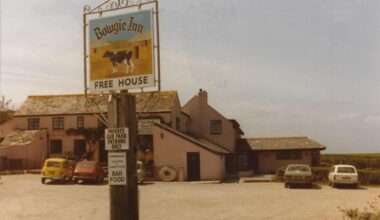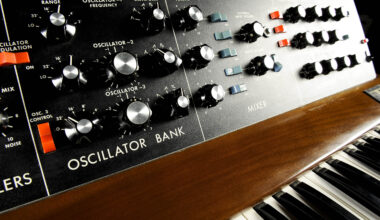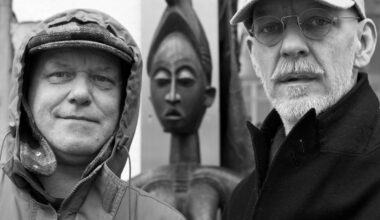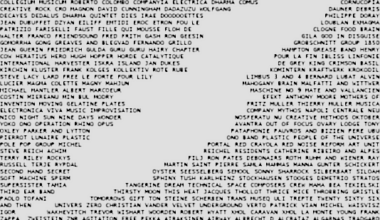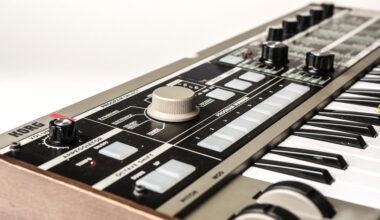In 1977, two LP DISCS featuring the sights and sounds of Earth were launched into space as part of NASA’s Voyager program. We tell the incredible story behind the Voyager Golden Records
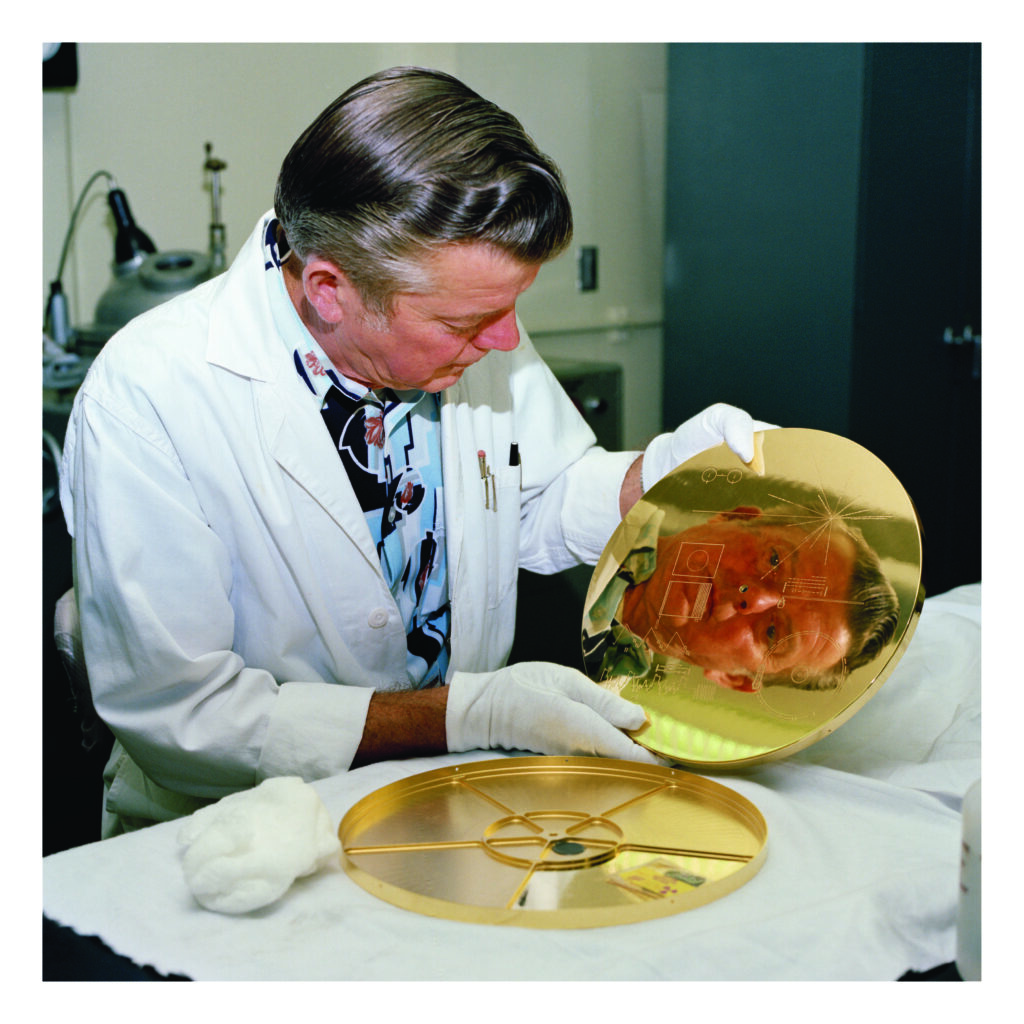
Some 10 billion miles from Earth, hurtling through the darkness of the cosmos onboard a spaceship travelling at 38,000mph, is a golden record. A further three billion miles out, currently onboard the furthest human-made object from Earth, is an identical record heading towards the outer reaches of our known universe.
These discs, etched in copper, plated with gold and sealed in aluminium cases, are on the Voyager 1 and 2 probes, launched in 1977 to study the planetary systems of Jupiter and Saturn. However, both spacecraft had their mission briefs expanded to include the exploration of interstellar space until their power generators fail sometime around 2030, at which point the probes will just drift endlessly. But fear not, as each of the Voyager Golden Records is expected to remain usable for over a billion years, making them the longest lasting objects humans have ever made.
The discs contain a range of sounds and images intended to portray the diversity of life found on Earth. It’s the hope that one day, extraterrestrials (or maybe humans from the far future) will encounter the probes and discover these snapshots of our planet as it was when the Voyagers were launched.
So who decided what should be included on this intergalactic LP? Chaired by renowned American cosmologist and astrophysicist Carl Sagan, a committee selected by NASA had just six months to assemble all the content. Contained on the records are an array of sounds from the natural universe, from bird and whale song to noises made by the wind and surf. There are also greetings in 55 different languages, including five long-dead ancient languages.
Originally, these greetings were going to be recorded by delegates of the United Nations. However, rampant bureaucracy put a halt to that idea and the recordings were made by the foreign language departments at New York’s Cornell University. The committee also chose to include other human sounds like footsteps and laughter (notably Sagan’s own chuckle), as well as an hour-long recording of the brainwaves of Ann Druyan, the creative director of the project. While being recorded, she thought about a vast number of topics, from Earth’s history to what it’s like to fall in love.
Musically, the selections are similarly varied, featuring classical compositions from the likes of Mozart, Bach and Beethoven, some Azerbaijani folk music, Mahi musicians from Benin, a Peruvian wedding song, Navajo chants, as well as the bluesy stylings of Blind Willie Johnson’s ‘Dark Was The Night, Cold Was The Ground’ and Chuck Berry’s ‘Johnny B Goode’. The latter’s inclusion was a source of controversy, as some deemed rock music to be “adolescent”. In a first class rebuttal, Sagan is said to have replied that “there are a lot of adolescents on the planet”.
Along with Carl Sagan and Ann Druyan, the selection of music was put together with the help of technical director Frank Drake, artist Linda Salzman Sagan (Carl’s then wife), space artist Jon Lomberg, record producer Jimmy Iovine and writer/producer Timothy Ferris, who at the time was an editor for Rolling Stone magazine.
In the liner notes from a soon-to-be-released boxset called ‘The Voyager Golden Record’, Ferris recalls that Sagan used to stop by his flat in New York and listen to records.
“There was something fascinating about LP technology itself,” he writes. “A diamond danced along the undulations of a groove, vibrating an attached crystal, which generated a flow of electricity that was amplified and sent to the speakers. At no point in this process was it possible to say with assurance just how much information the record contained or how accurately a given stereo had translated it. The open-endedness of the medium seemed akin to the process of scientific exploration: there was always more to learn.”
Sagan asked Ferris if he’d help him create some sort of plaque for the Voyager probes, and they settled on the idea of making a record. It was up to Ferris to oversee the technical side of things.
Ferris looked to recruit John Lennon to assist with the project, but at the time the former Beatle was due to leave the US for tax reasons. Lennon still helped out though, and it was through him that producer Jimmy Iovine was brought onto the project.
“Lennon’s trick of etching little messages into the blank spaces between the takeout grooves at the ends of his records inspired me to do the same on Voyager,” explains Ferris. “I wrote a dedication: ‘To the makers of music – all worlds, all times’.”
Back in the 1970s, there were no easily accessible digital versions of music, so the team had to obtain physical copies of everything they wanted to include. Less a problem for mainstream American music, more of an issue when incorporating sounds from places like the Congo and the Soloman Islands.
“Ann found an LP containing the Indian raga ‘Jaat Kahan Ho’ in a carton under a card table in the back of an appliance store,” remembers Ferris. “We’d comb through all this music individually, then meet and go over our nominees in long discussions stretching into the night. It was exhausting, involving, utterly delightful work.”
Contrary to rumours, The Beatles’ ‘Here Comes The Sun’ was never considered for inclusion.
“The witticism of the title, if charming in the short run, seemed unlikely to remain funny for a billion years,” says Ferris.
Whether or not either the Voyager 1 or 2 ever comes across sentient life, we’ll never know, but the records represent humanity at its best – its cultural diversity and what we can achieve as a species if we work together. Let’s hope any friends from outer space that find these incredible discs have record player to listen to them on.
‘The Voyager Golden Record’ is released by Ozma
